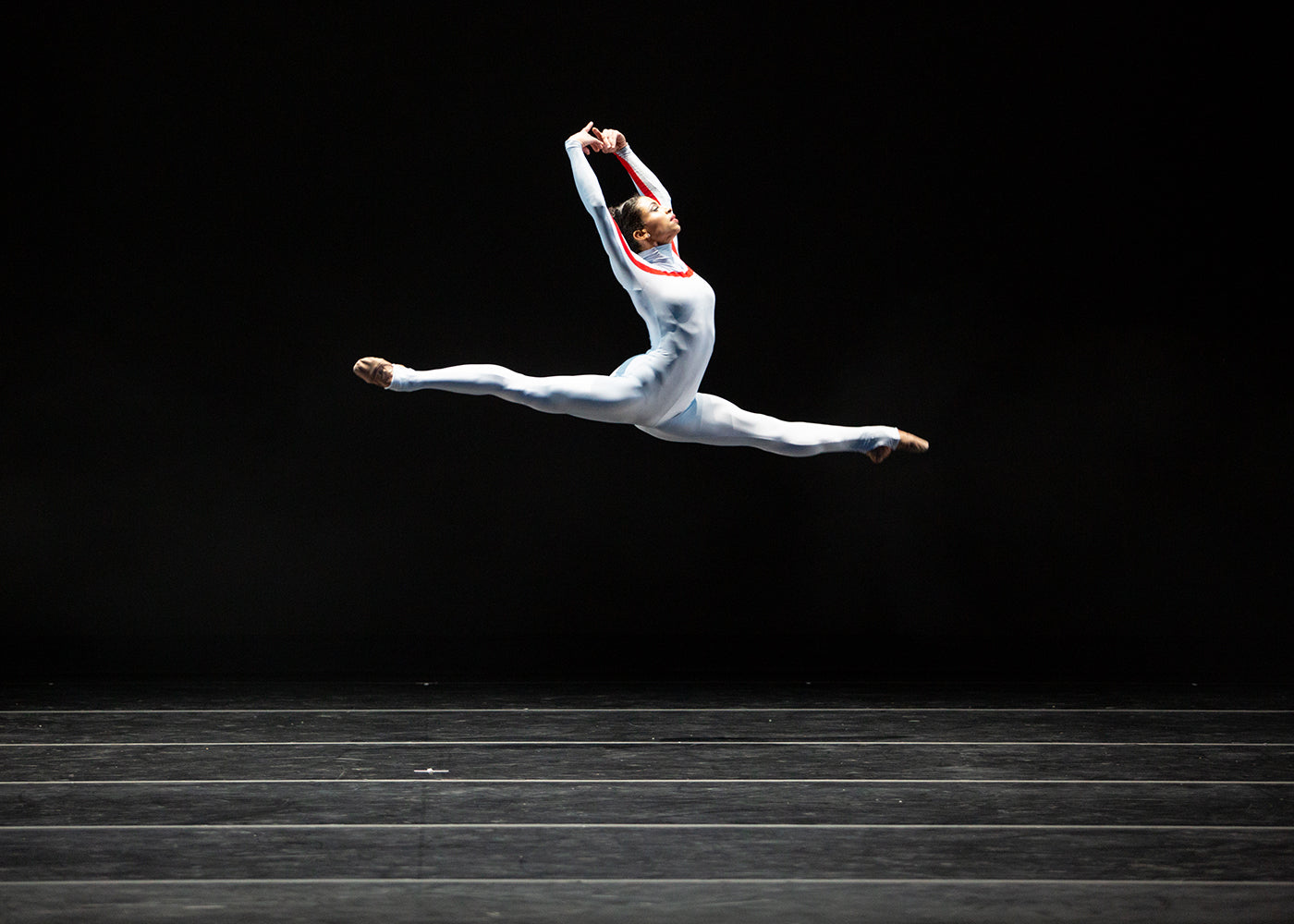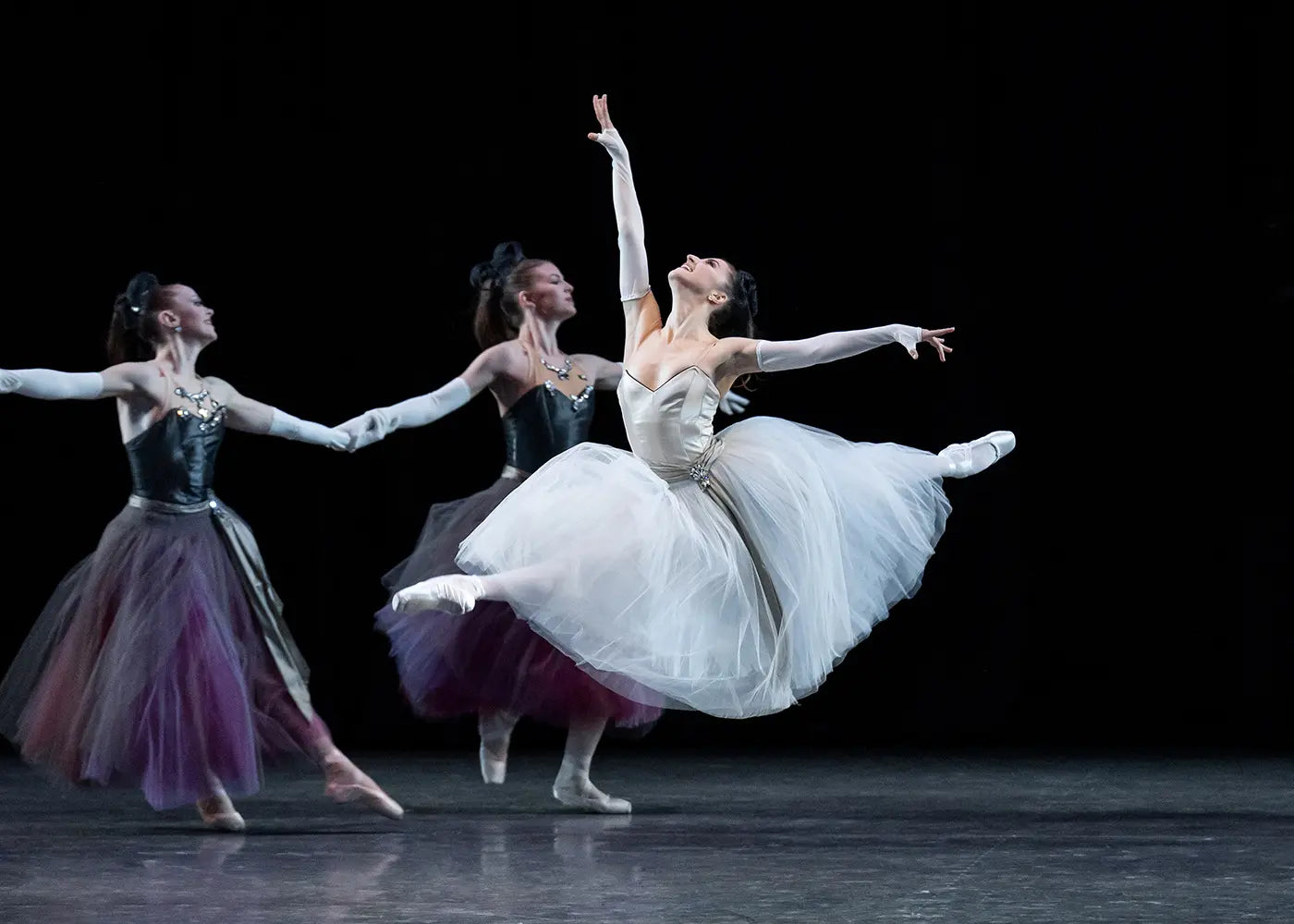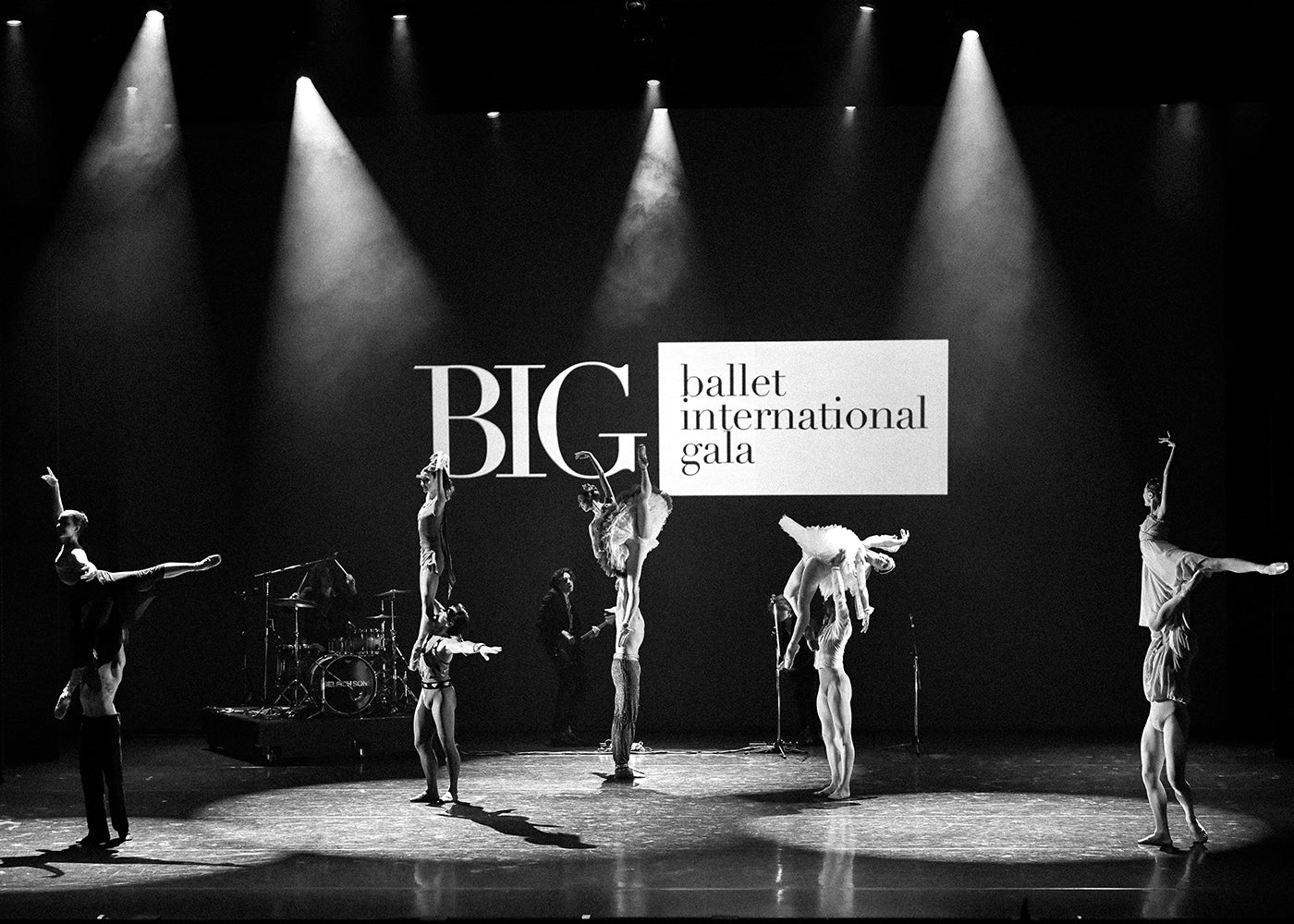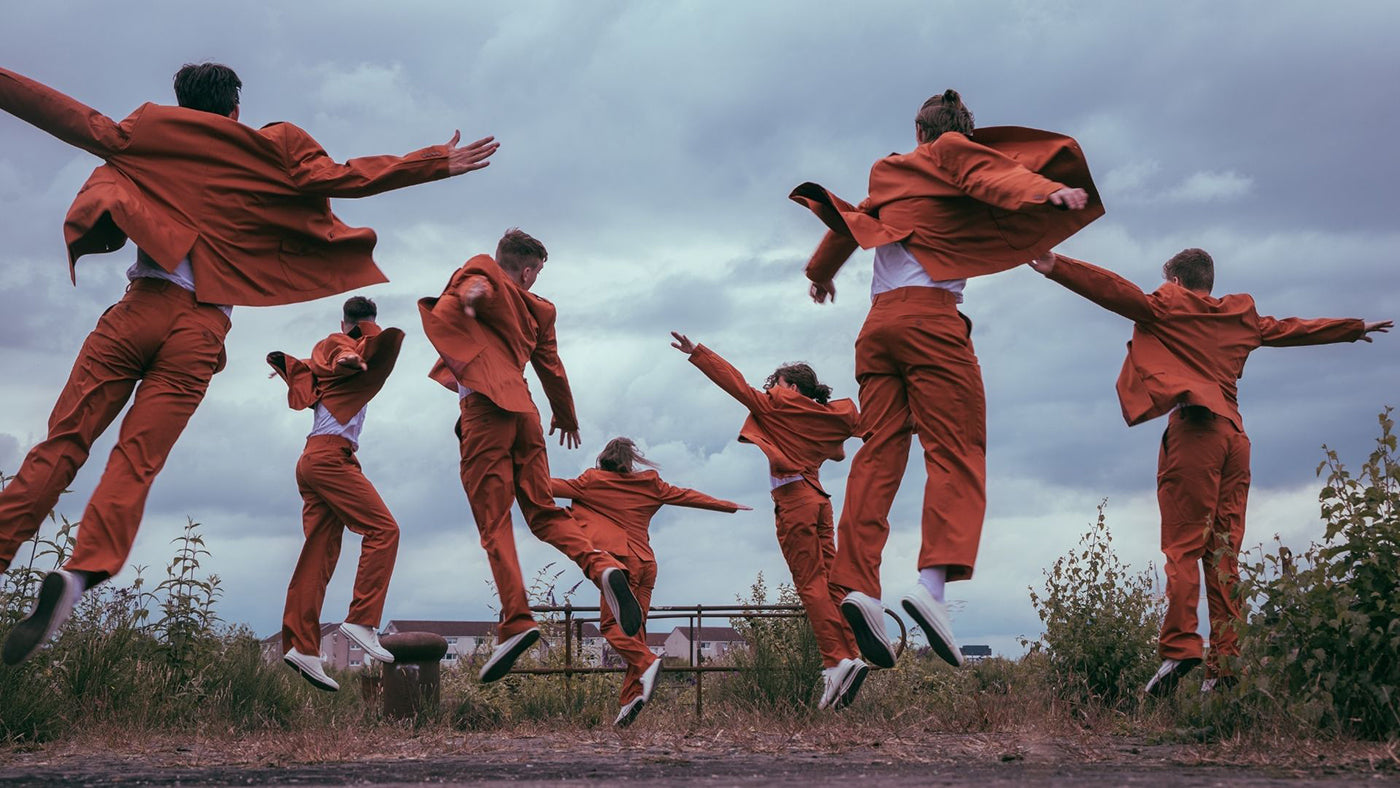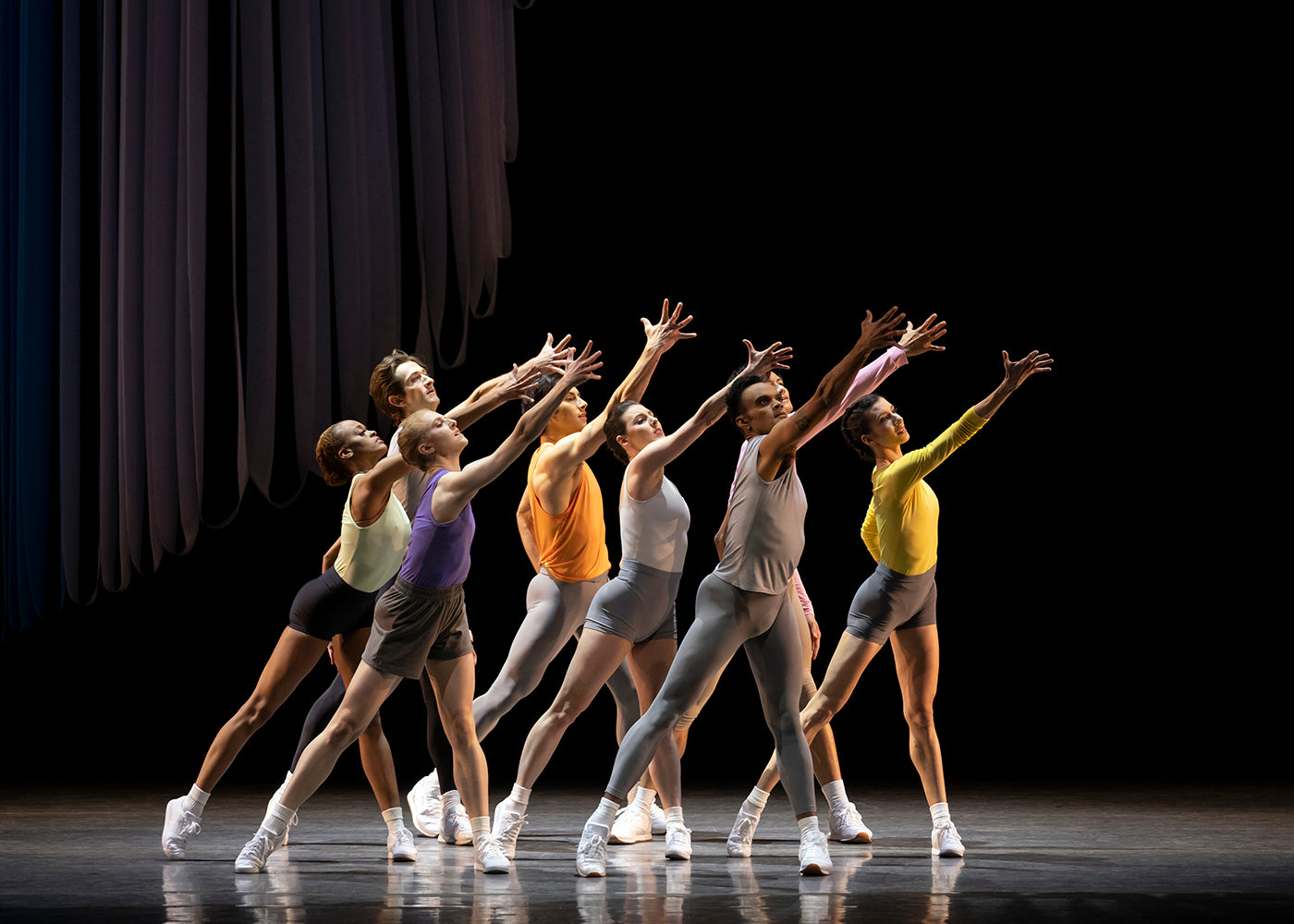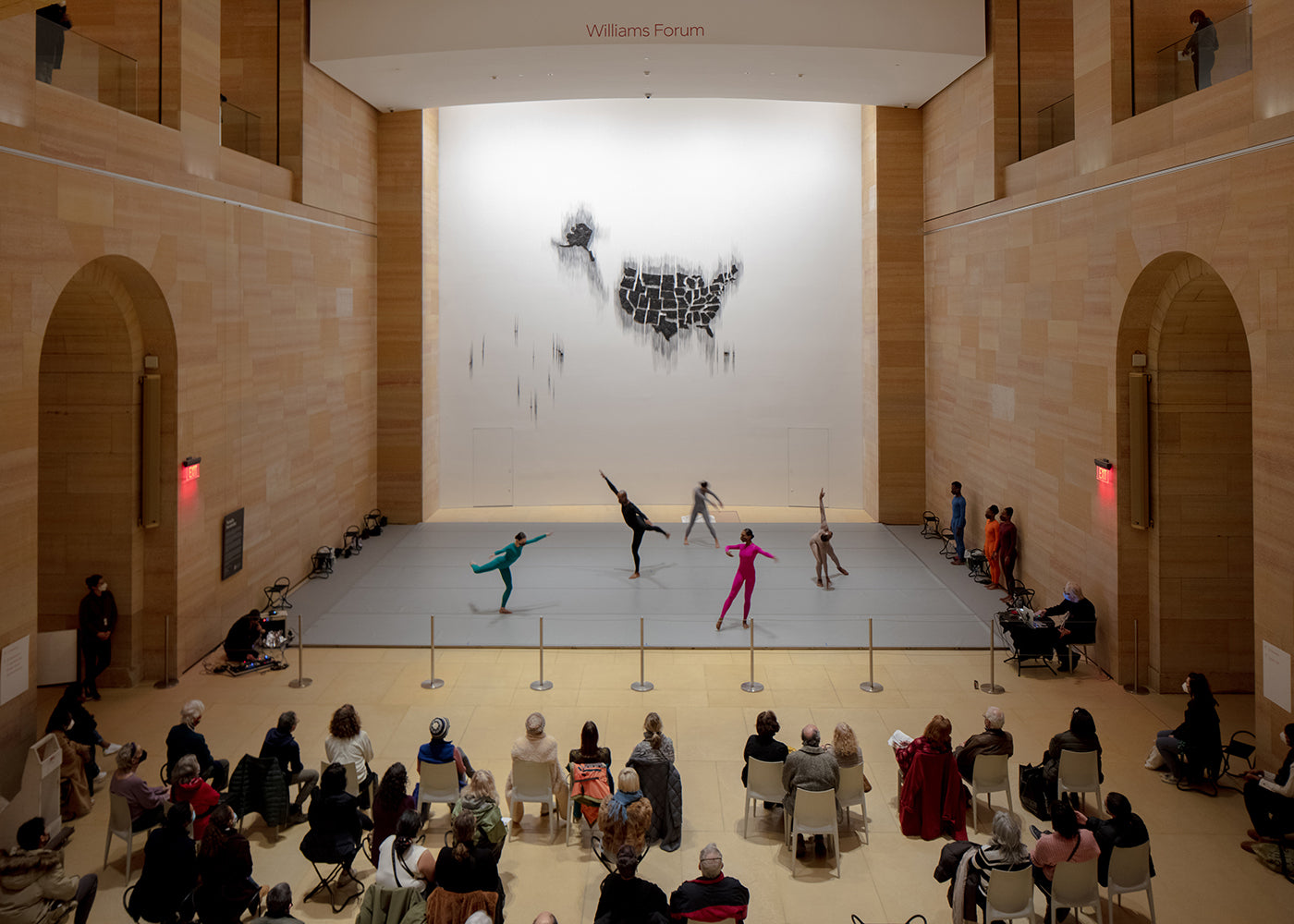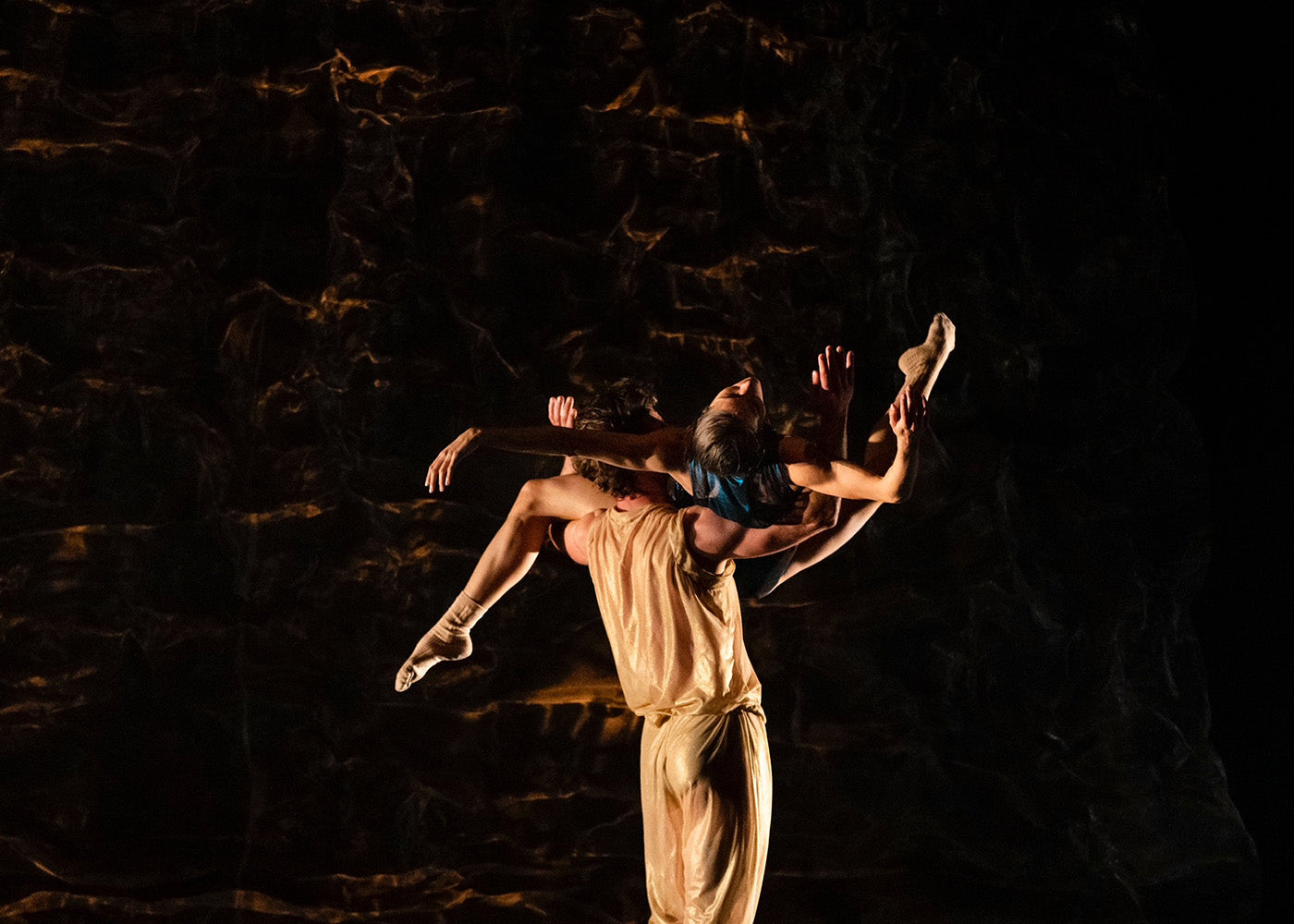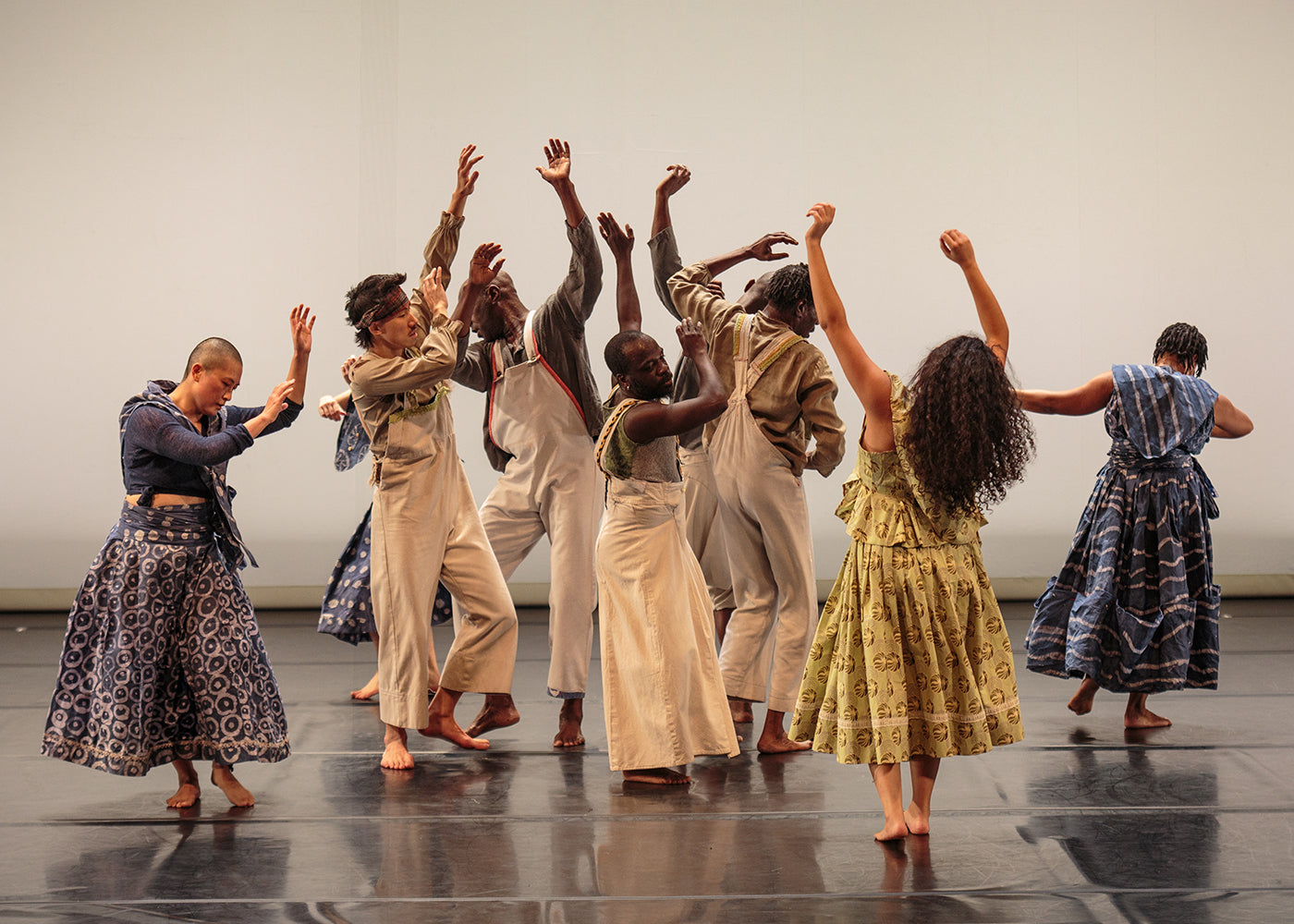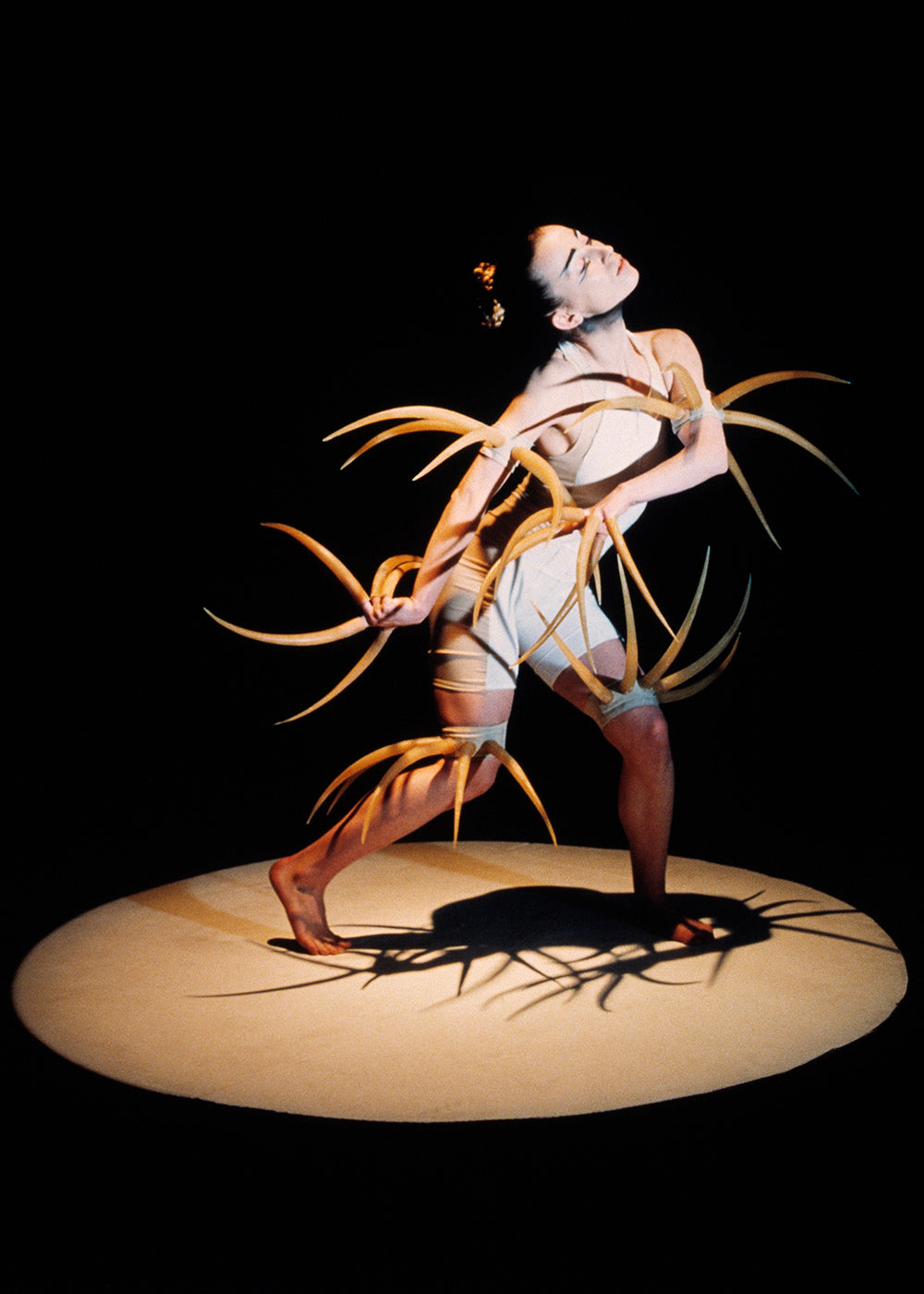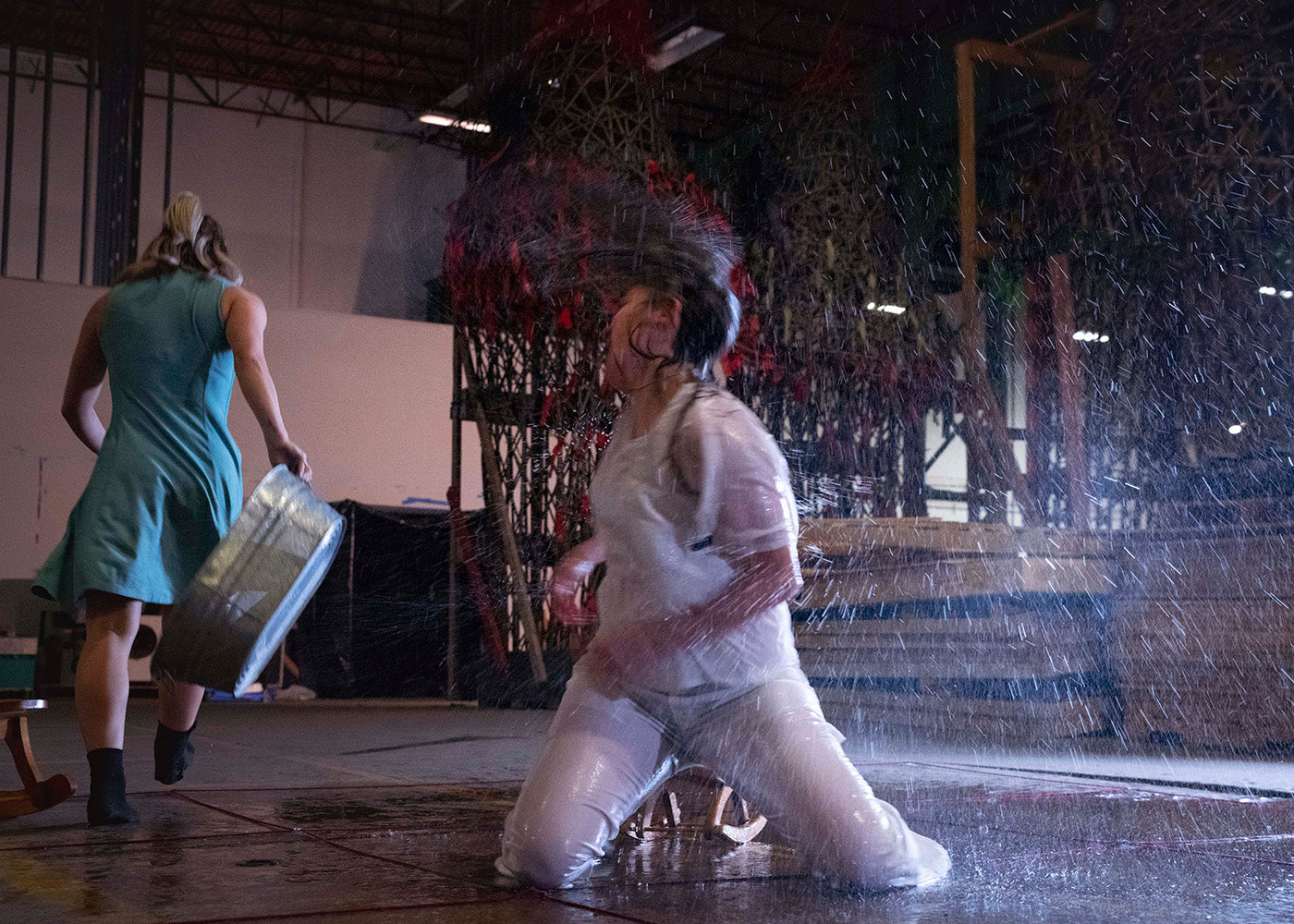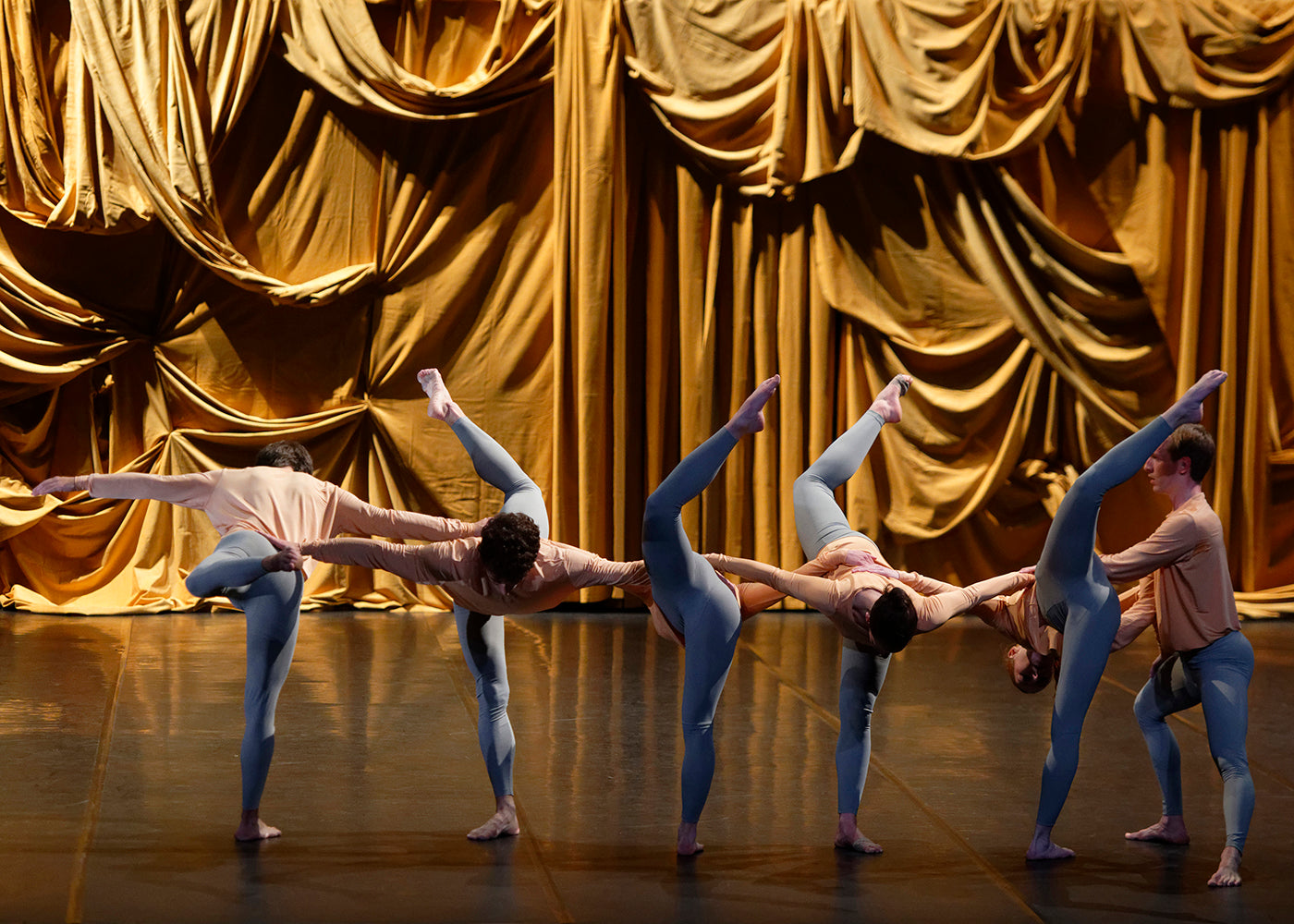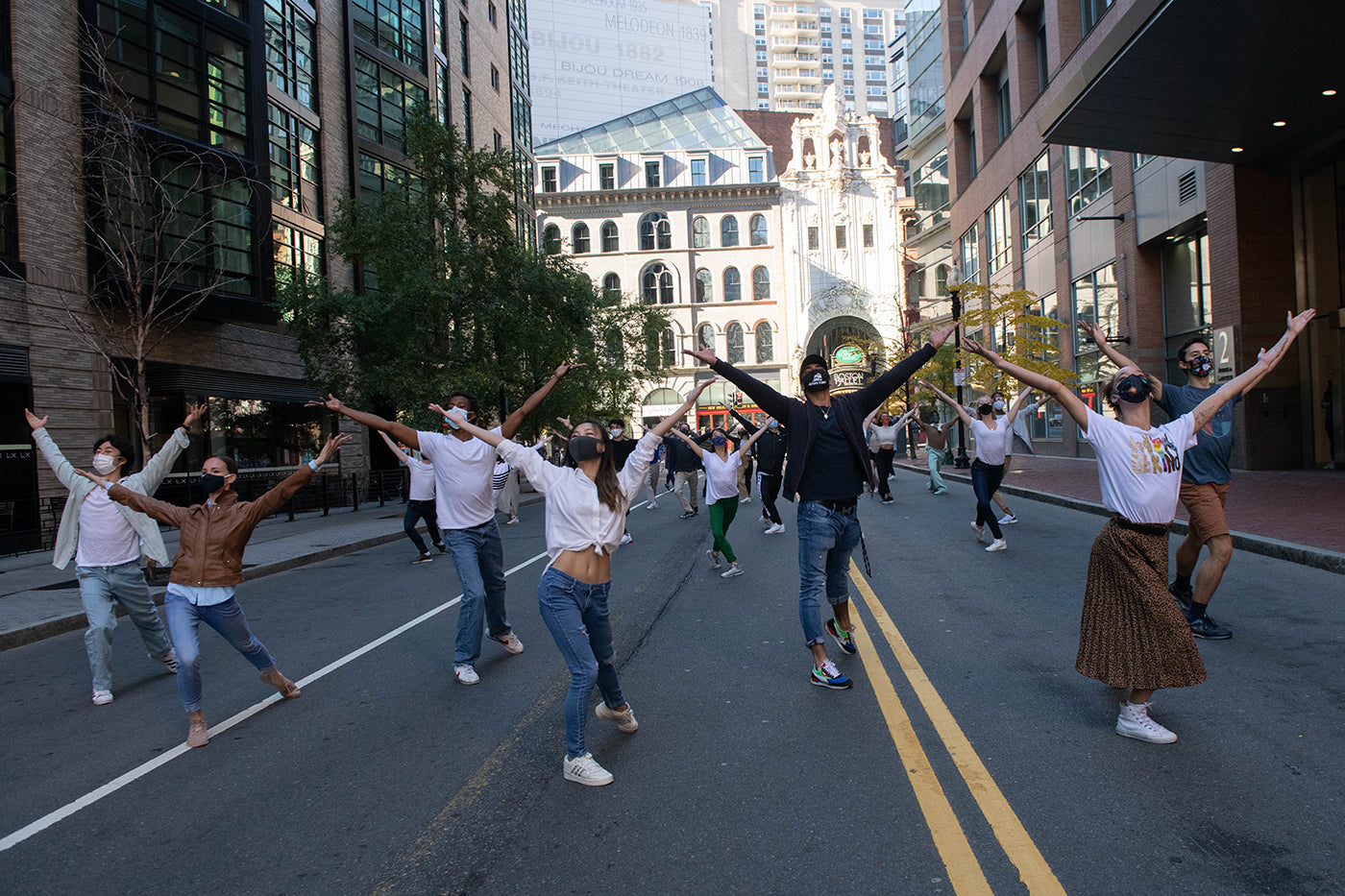New Works for a New World
Philadelphia Ballet premiered three commissions in a program called New Works for a New World last weekend in the intimate Perelman Theater. Also part of the Kimmel Cultural Campus, the company will continue to mount its large classical ballets at the Academy of Music, including artistic director Ángel Corella’s choreographed “Swan Lake” in March. The Perelman is now the designated venue for contemporary works.
Plus

